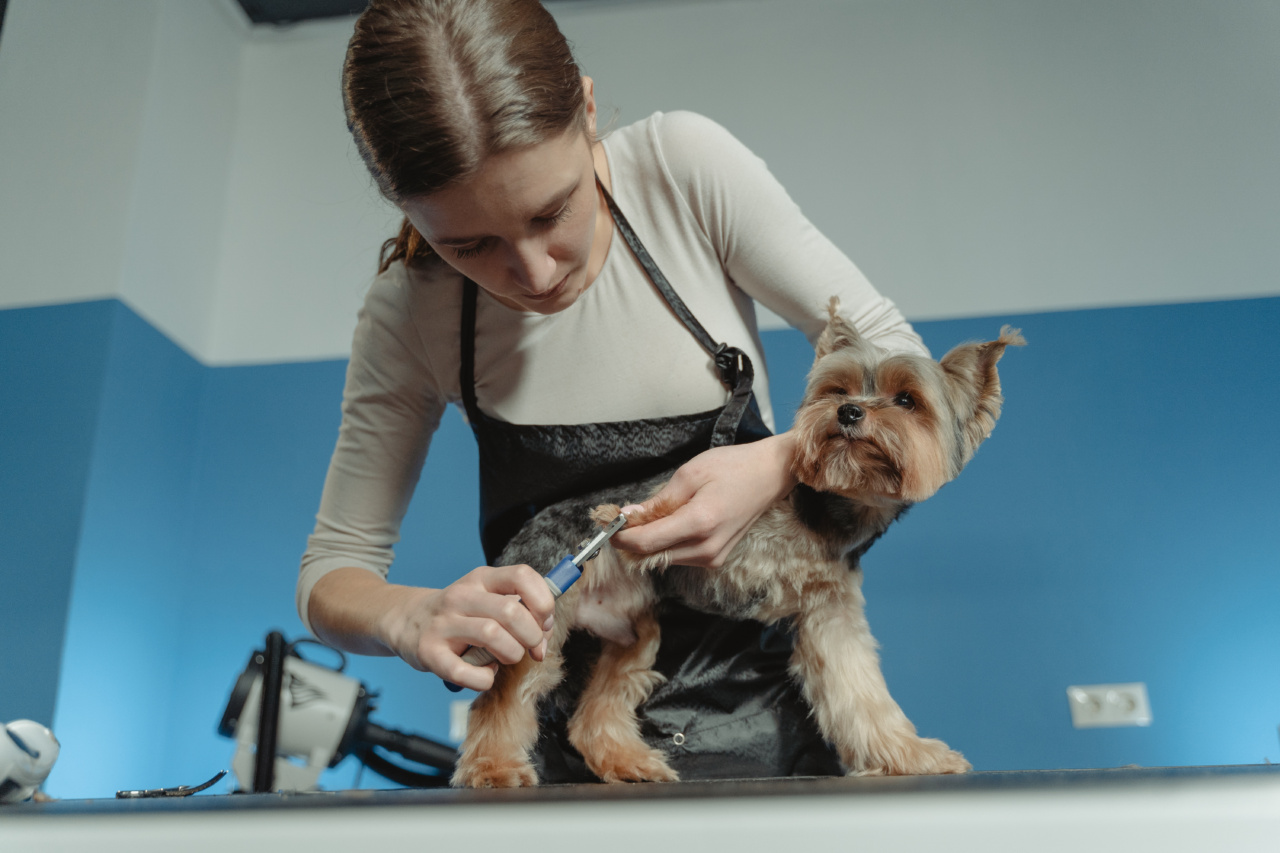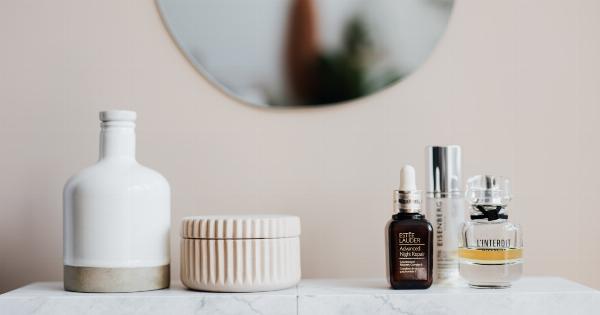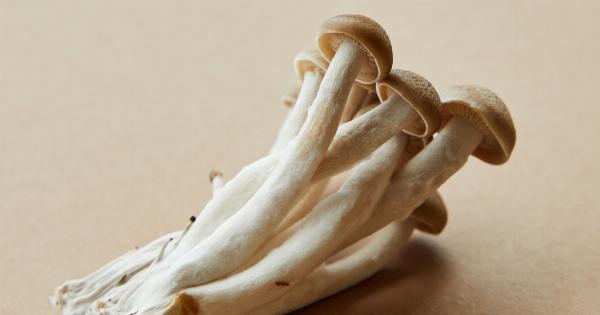Keeping your nails clean and well-maintained is not only essential for good hygiene but also important for maintaining overall nail health. Dermatologists recommend following certain dos and don’ts when it comes to cutting your nails.
In this article, we will explore the best practices for nail care and discuss some common mistakes to avoid.
1. Dos for cutting your nails
When it comes to trimming your nails, here are some important dos to keep in mind:.
2. Use proper tools
Invest in a good quality nail clipper or nail scissors to ensure a clean and precise cut. Dull tools can lead to jagged edges or even cause the nail to split.
Additionally, it is advisable to use separate tools for your fingernails and toenails to prevent the spread of bacteria.
3. Trim straight across
Trimming your nails straight across helps prevent ingrown nails. This technique reduces the risk of nails growing into the skin and causing pain or infection. Avoid rounding the corners, as it can increase the likelihood of ingrown nails.
4. Leave a slight white edge
When cutting your nails, make sure to leave a small white edge at the tips. This helps protect the sensitive nail bed and reduces the risk of injury or infection.
5. Keep nails at a moderate length
Avoid letting your nails grow too long or cutting them too short. Dermatologists recommend keeping your nails at a moderate length to prevent breakage and promote healthy growth.
6. Moisturize regularly
After cutting your nails, apply a moisturizing lotion or cuticle oil to keep them hydrated. This helps prevent dryness, cracking, and splitting of the nails.
7. Pay attention to cuticle care
Gently push back your cuticles instead of cutting them. Cuticles act as a protective barrier against bacteria and fungus, so it is important to avoid removing them completely.
Use a cuticle pusher or an orangewood stick to push them back after a warm bath or shower when they are soft.
8. Use a nail file
In addition to cutting your nails, use a nail file to shape and smooth the edges. Emery boards or crystal nail files are considered gentle on the nails and help prevent snags or roughness.
9. Practice cleanliness
Cleanliness is crucial in nail care. Always wash your hands before and after trimming your nails.
If you prefer getting a professional manicure or pedicure, ensure that the tools and equipment used are properly sanitized to minimize the risk of infections.
10. Be cautious with artificial nails
If you opt for artificial nails, it is recommended to have them applied and removed by a professional. Incorrect application or removal can damage your natural nails and increase the risk of infections.
Don’ts for cutting your nails
Avoid these common mistakes while cutting your nails:.
1. Don’t bite your nails
Biting your nails not only damages them but also increases the risk of infections around the nail beds. It is a habit that can be difficult to break but taking steps to overcome it is important for maintaining nail health.
2. Don’t cut the cuticles
Resist the temptation to cut or trim your cuticles excessively. Cuticles provide a protective seal at the base of the nails, and removing them completely weakens this barrier, making it easier for infections to develop.
3. Avoid using sharp or dirty tools
Using sharp or dirty tools can cause nail damage and introduce bacteria or fungi into the nail bed. Ensure your tools are clean and properly maintained to prevent any unwanted complications.
4. Don’t cut too close to the skin
Avoid cutting your nails too close to the skin as it can lead to painful ingrown nails. Trimming too close increases the likelihood of the nail growing into the surrounding skin, causing discomfort and potential infection.
5. Say no to metal files
Metal files can be too harsh on your nails and cause them to weaken or become brittle. Opt for gentler nail files, such as emery boards or crystal nail files, to minimize damage and promote healthy nail growth.
6. Don’t ignore signs of infection
If you notice any signs of infection, such as redness, swelling, pus, or pain around the nails, seek medical attention promptly. Ingrown nails or nail bed infections require proper diagnosis and treatment by a dermatologist.
7. Avoid excessive nail polish
While nail polish can enhance the appearance of your nails, excessive or prolonged use can weaken them. Take breaks between manicures to allow your nails to breathe and recover.
8. Don’t share nail tools
Sharing nail tools increases the risk of transferring infections or fungi between individuals. Always use your personal tools and avoid sharing them with others.
9. Say no to acrylic nails if you have nail infections
If you have a nail infection, it is best to avoid acrylic nails until the infection clears up completely. Acrylic nails can trap moisture and create an environment conducive to the growth of bacteria or fungus.
10. Don’t ignore changes in nail appearance
If you notice any changes in your nails, such as discoloration, thickening, or deformity, it is important to consult a dermatologist. These changes could indicate an underlying health condition or nail disorder that requires medical attention.






























